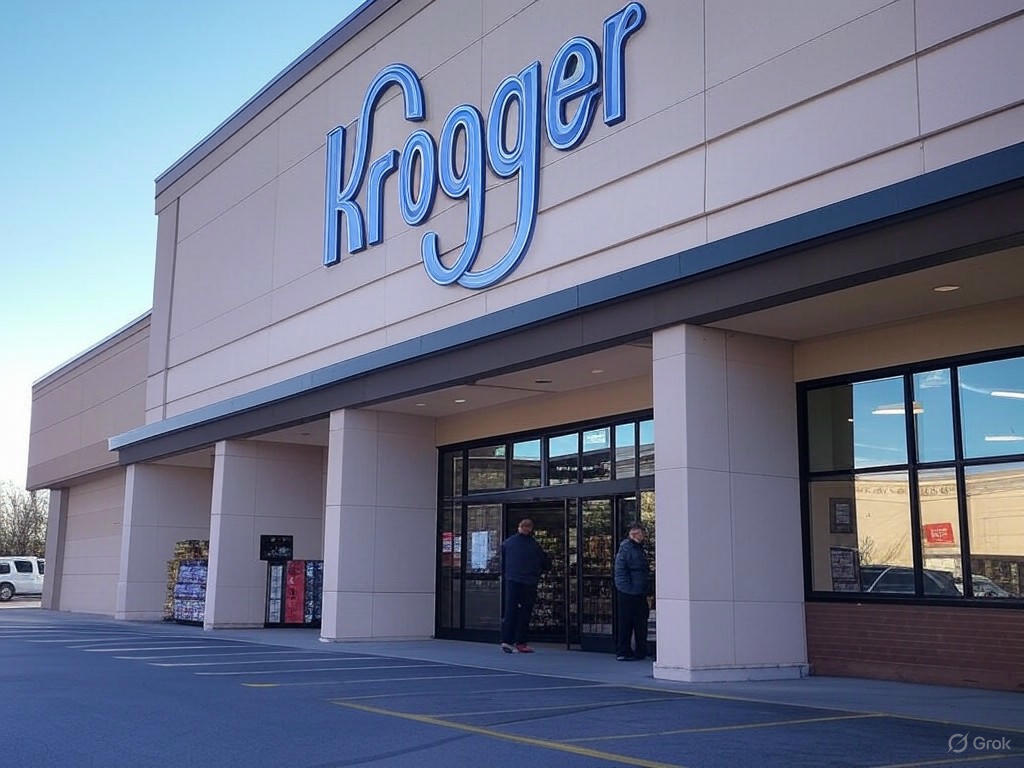In a surprising yet strategic move, Kroger, one of America’s leading grocery chains, has revealed plans to shutter 60 of its locations over the next 18 months. This decision, announced recently, has sparked discussions about the evolving retail landscape and the pressures facing traditional brick-and-mortar stores in an increasingly digital world. As consumers adapt to new shopping habits, Kroger’s leadership is taking bold steps to realign its business model, focusing on long-term sustainability over short-term losses.
The closures come at a time when the grocery sector is grappling with multiple challenges. Rising operational costs, including labor and supply chain disruptions, have squeezed profit margins for many retailers. Additionally, the rapid growth of e-commerce and delivery services has shifted customer preferences, with more people opting for online grocery shopping or subscription-based meal kits. Kroger, while a dominant player in the market, is not immune to these trends. The company has stated that the decision to close underperforming stores is part of a broader strategy to optimize its portfolio and invest in areas with higher growth potential, such as digital platforms and smaller-format stores tailored to urban markets.
Analysts suggest that this move reflects a deeper transformation within the industry. By closing stores in less profitable regions, Kroger aims to redirect resources toward innovation and customer experience enhancements. This could mean expanding partnerships with delivery services, integrating advanced technologies like AI for inventory management, or even experimenting with cashier-less checkout systems. While the closures will undoubtedly impact local communities and employees, Kroger has pledged to support affected workers through severance packages and opportunities for relocation to other stores where possible. The company also emphasized its commitment to maintaining a strong presence in key markets, reassuring customers that the majority of its network will remain operational.
The ripple effects of this decision extend beyond Kroger itself. Competitors may seize the opportunity to capture market share in areas where stores are closing, while local economies could face challenges due to job losses and reduced access to affordable groceries. On the flip side, this could accelerate the trend of smaller, more specialized retailers filling the gaps left by large chains, potentially benefiting independent grocers or niche markets. For Kroger, the next 18 months will be a critical period to demonstrate that these closures are not a sign of weakness but a calculated step toward reinvention.
As the grocery giant navigates this transition, the industry watches closely. Will Kroger’s gamble pay off, positioning it as a leader in the future of retail, or will it struggle to balance innovation with its traditional roots? Only time will tell, but for now, the closure of 60 stores serves as a stark reminder of the relentless pace of change in the business world.
